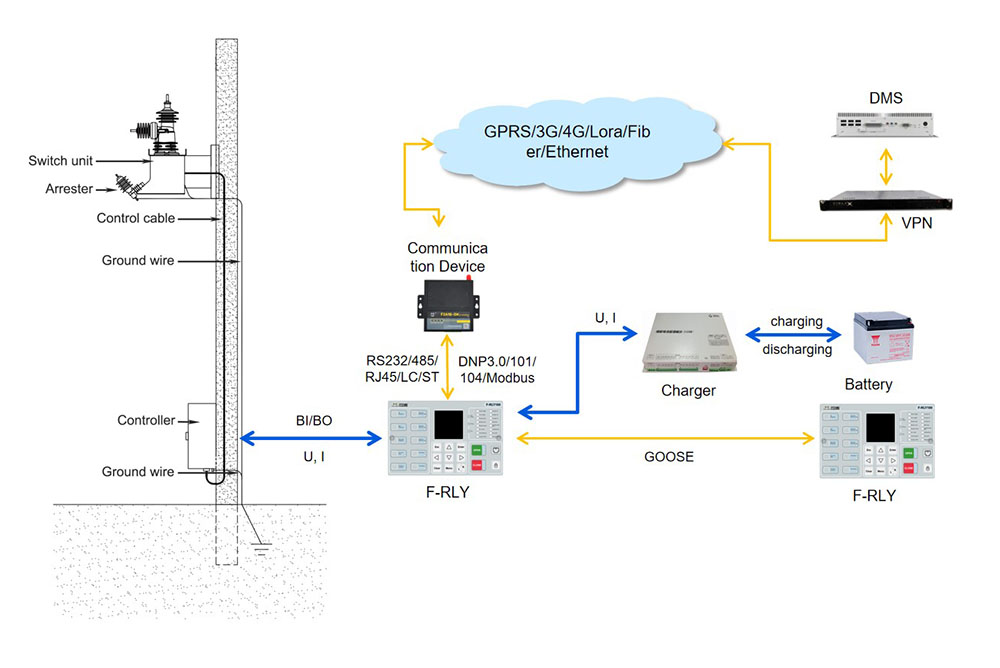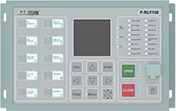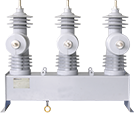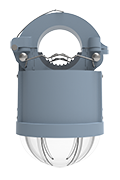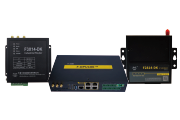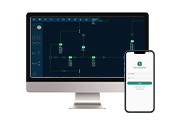Solutions
Feeder Distribution Automation Solution
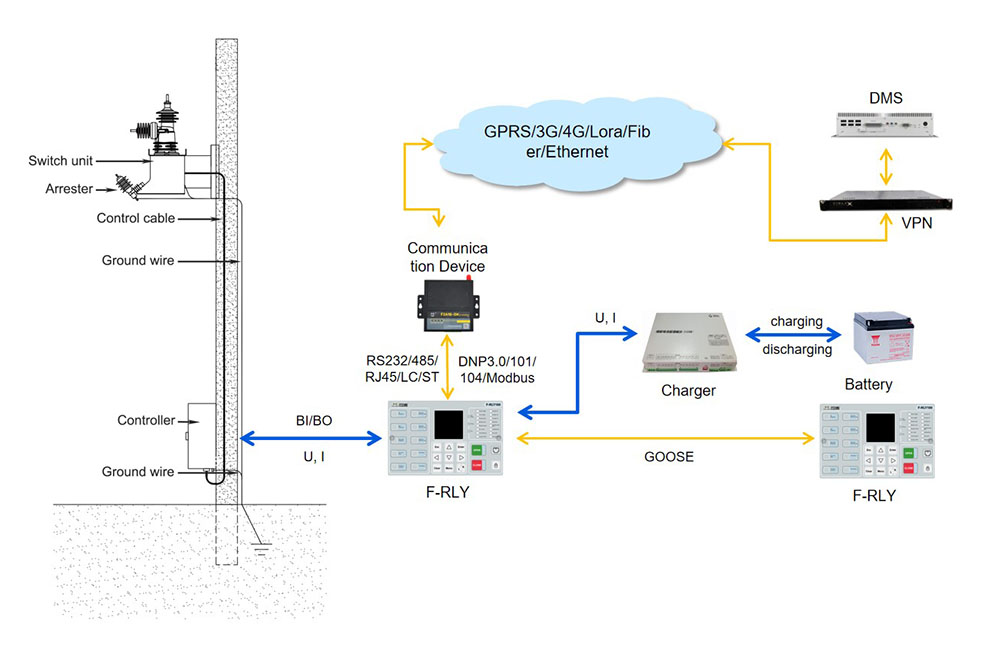
Function highlights
The overhead line automation solution covers a wide range of applications including single and dual power supply systems.
The overhead line automation solution covers rural areas, the last mile of intelligent power distribution.
It can realize the FDIR function without establishing a communication and SCADA system,. Therefore, less construction funds are needed.
The solution has a high degree of expandability and flexibility. It supports the extension of a communication and SCADA System.
The application of recloser automation solutions allows for restoration of faults within seconds, achieving a fast power supply restoration.
It can realize uninterrupted power supply to ensure the reliability of electricity for important customers, and improve the quality of power services.
Overview
Overview:
Overhead line distribution automation solutions enable rapid detection, isolation and restoration of feeder faults through the cooperation between reclosers, or between circuit breakers and load break switches.
Overhead line distribution automation solutions are mainly divided into local and centralized types: the local type does not depend on the communication and SCADA systems. It can realize various logical actions through the local FTU; the centralized type needs to establish communication and SCADA, the master station sends control commands to the intelligent terminal, so as to realize the distribution network automation functions.
Our self-developed overhead line automation solutions, mainly local and partly centralized, with the innovative combination of both types, will meet the needs of customers for automation with different grid topologies. The solutions are mainly: Current-counter solution, voltage-time solution, loop automation solution and auto-changeover solution.
Solution introduction
Overhead Line Distribution Automation Solution Introduction:
A. Current-counter solution
The current-counter solution is usually used for radial lines, and the function is realized by the local FTU. When the logic conditions are met, the load break switch (sectionalizer) will be automatically open and locked out. The load break switch uses the detected current signal as the basis for logic judgment.
When over-current and ground fault of a line occurs, the upstream recloser or circuit breaker will execute open action. The load break switch will count the number of interruptions occurring on the fault current (over-current and ground fault). Once the number reaches a preselect value, it automatically opens and locks out when there is no voltage and current to isolate the permanently faulty section. Meanwhile, if the upstream recloser or circuit breaker closes again, the power supply of the non-faulty sections will be restored.
The whole process takes less than 1 minute.
Users may, according to their need, choose to establish communication and SCADA system for remote monitoring and control.
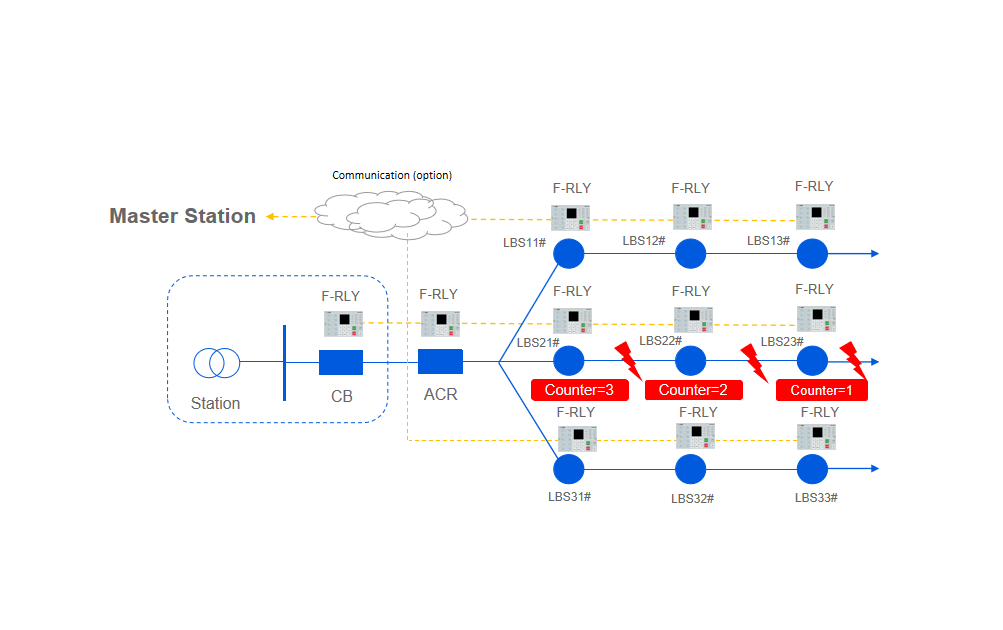
B. Voltage-time solution
The voltage-time solution is usually used for single ring network lines, including section switch and interconnection switch. The function is realized by the local FTU. When the logic conditions are met, the load break switch (section switch or interconnection switch) will be automatically open and locked out. The load break switch uses the detected voltage signal as the basis for logic judgment.
When over-current and ground fault of a line occurs, the upstream recloser or circuit breaker will execute open action. When the section switch detects the absence of voltage of both sides, it opens immediately. After the upstream recloser or circuit breaker has reclosed once, when voltage is detected on the power supply side of the adjacent section switch, it will be activated after X delay time. If the signal of voltage absence is detected again within X delay time, and the section switch keeps being open and the closing is locked out, it indicates that the fault occurs on the upstream section of the section switch. If a voltage is detected on the power supply side during the X delay time, the section switch will be closed after the X delay time. After it has closed for Y delay time, it will be activated. If a voltage absence signal is detected again on both sides of the section switch during the Y delay time, and the switch opens and locks out, it indicates that the fault occurs on the downstream section of this section switch. If there is voltage on both sides during the Y delay time, and the sectional switch is closed successfully, it indicates that there is no fault on the upstream and downstream sections of this section switch.
The interconnection switch is at the normally open point of the single ring network. In the normal state, both sides of it have voltage. So it remains open and locked out. When the interconnection switch detects an absence of voltage on one side, it waits for XL delay time. If the absence of voltage on one side persists during the XL delay time, and the interconnection switch closes after the XL delay time, it indicates that a permanent fault has occurred on one side of the line. The transfer of power should be executed. If in the XL delay time a voltage signal is detected on the voltage absence side, the XL delay time should be cleared and the Z time limit confirmation should be conducted. If voltage continues to exist within the Z time limit and the contact switch is kept open and locked out, it indicates that a permanent fault occurs on the adjacent line.
Through the above logic process, the load break switch (section switch and interconnection switch) finally achieves faulty section isolation and restore of power supply in the non-faulty sections, and the processing time of the whole process is less than 1 minute.
Users may, according to their need, choose to establish communication and SCADA system for remote monitoring and control.
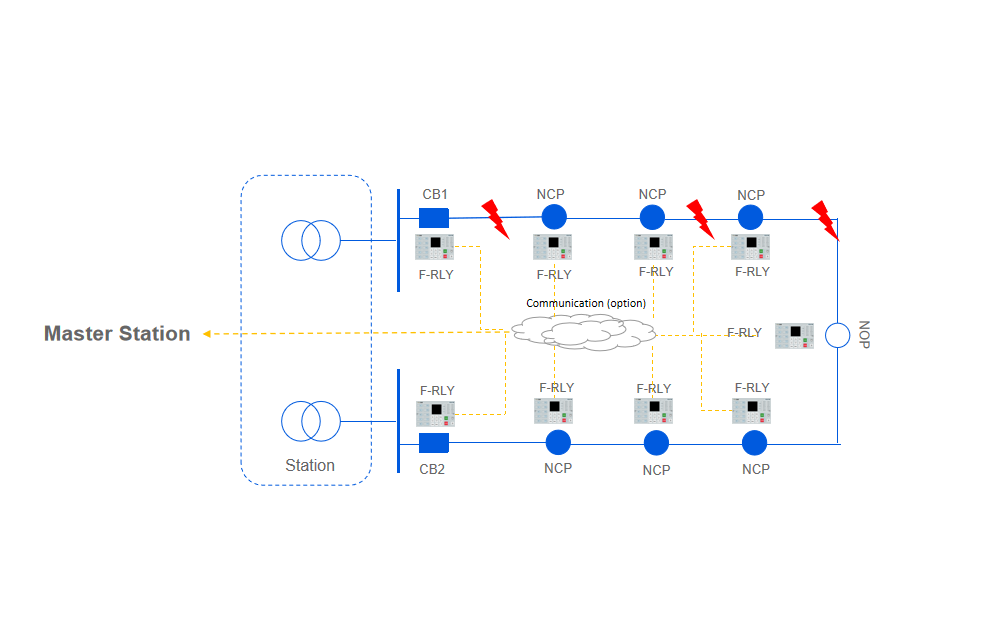
C. Loop Automation solution
The loop automation solution is applied in a ring network, and completed by the recloser and FTU it is equipped with. Depending on where the recloser is installed on the overhead line, it can be divided into: Feeder ACR, Mid-point ACR and Tie ACR.
When over-current and ground fault occur on the line, if the Feeder ACR detects the fault current and reaches the trip time, it trips for line protection, and filters the instantaneous fault through the first reclosing. It will trip again for reclosing lock out when it is a permanent fault; if no voltage is detected on both sides, it trips directly and locks out the closing after a set delay time. If the Mid-point ACR detects a fault current, it will trip before the Feeder ACR, and if it is a permanent fault, it will open and locks out; if it detects the absence of voltage on the power side, the current protection direction is reversed, and at the same time, the reclosing function is not activated and it becomes a single trip mode. When the Tie ACR detects voltage on one side and no voltage on the other side, it closes after a set delay time to complete the transfer of power; after the Tie ACR has closed, it plays the role of the Mid-point ACR. If the fault current is detected, it directly opens and locks out reclosing.
Through the above logic process, the recloser finally achieves faulty section isolation and restoration of power supply in the non-faulty sections within seconds.
Users may, according to their need, choose to establish communication and SCADA system for remote monitoring and control.
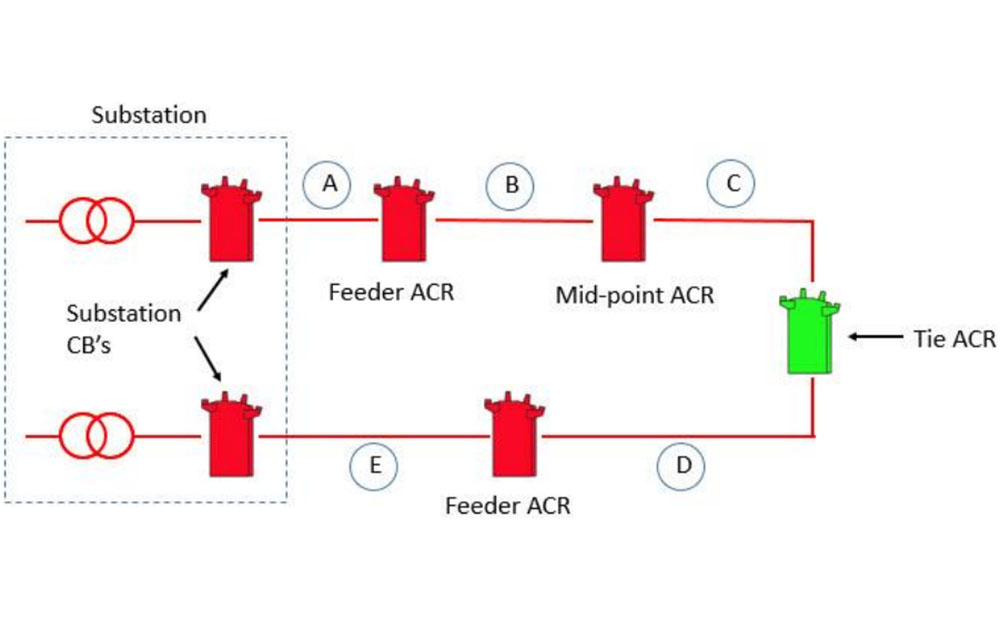
D. Auto-changeover solution
Auto-changeover solution is used in dual power supply system, usually the object of power supply is an important load, such as hospitals, factories, etc. The function logic is realized by the recloser and its own FTU. Depending on where the recloser is installed in the dual power supply system, it can be divided into: Feeder ACR and Tie ACR.
Normally it is powered by the main power supply. The Feeder ACR is installed on the terminal of the main power supply and is normally closed; the backup power supply is disconnected by the Tie ACR to prevent a closed loop.
When an over-current or ground fault occurs on the main power side, the circuit breaker in station trips, and the main circuit loses voltage. The Feeder ACR detects the absence of voltage on both sides, and after a set delay time, it trips and lock out the closing action directly; when the Tie ACR detects the absence of voltage on the load side, it closes after a set delay time to switch to the backup power supply and restore the power supply to the important load.
Through the above logic process, the recloser achieves automatic power transfer function within seconds.
Users may, according to their need, choose to establish communication and SCADA system for background monitoring and control.
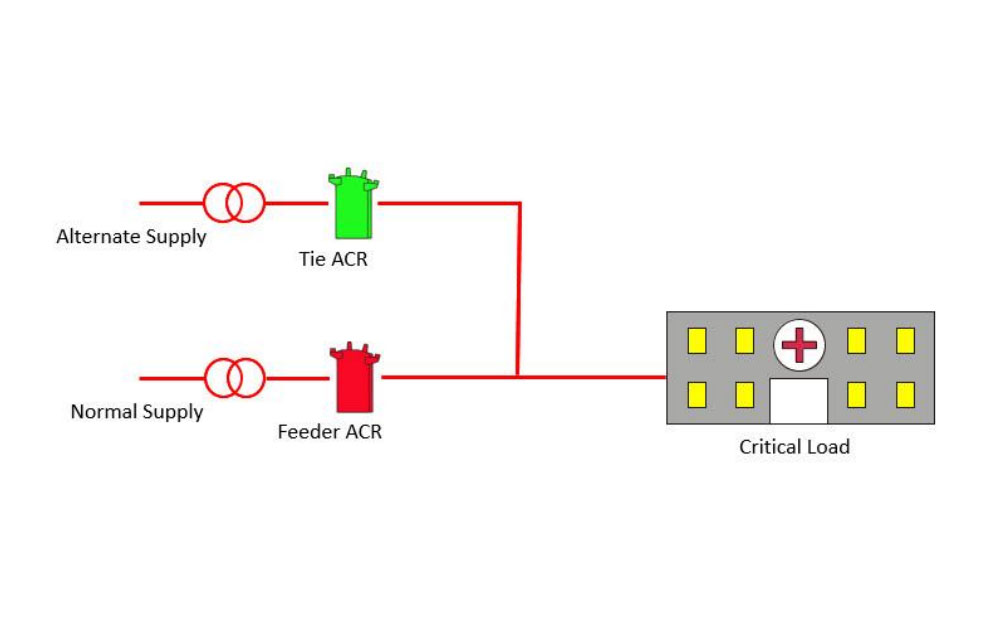
Feature and Benefit
Overhead Line Distribution Automation Solution Feature and Benefit:
1. The overhead line automation solution covers a wide range of applications including single and dual power supply systems.
2. The overhead line automation solution covers rural areas, the last mile of intelligent power distribution.
3. It can realize the FDIR function without establishing a communication and SCADA system,. Therefore, less construction funds are needed.
4. The solution has a high degree of expandability and flexibility. It supports the extension of a communication and SCADA System.
5. The application of recloser automation solutions allows for restoration of faults within seconds, achieving a fast power supply restoration.
6. It can realize uninterrupted power supply to ensure the reliability of electricity for important customers, and improve the quality of power services.
Related Product Package:
